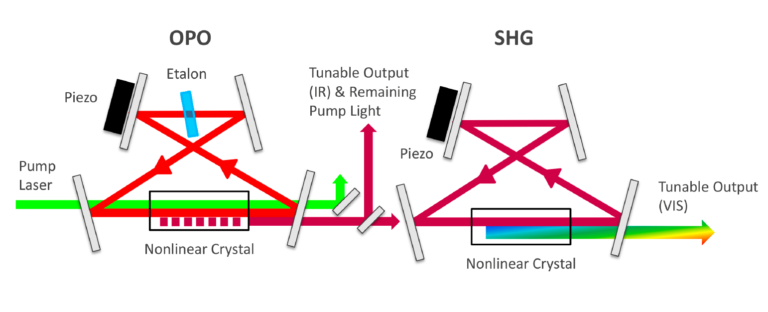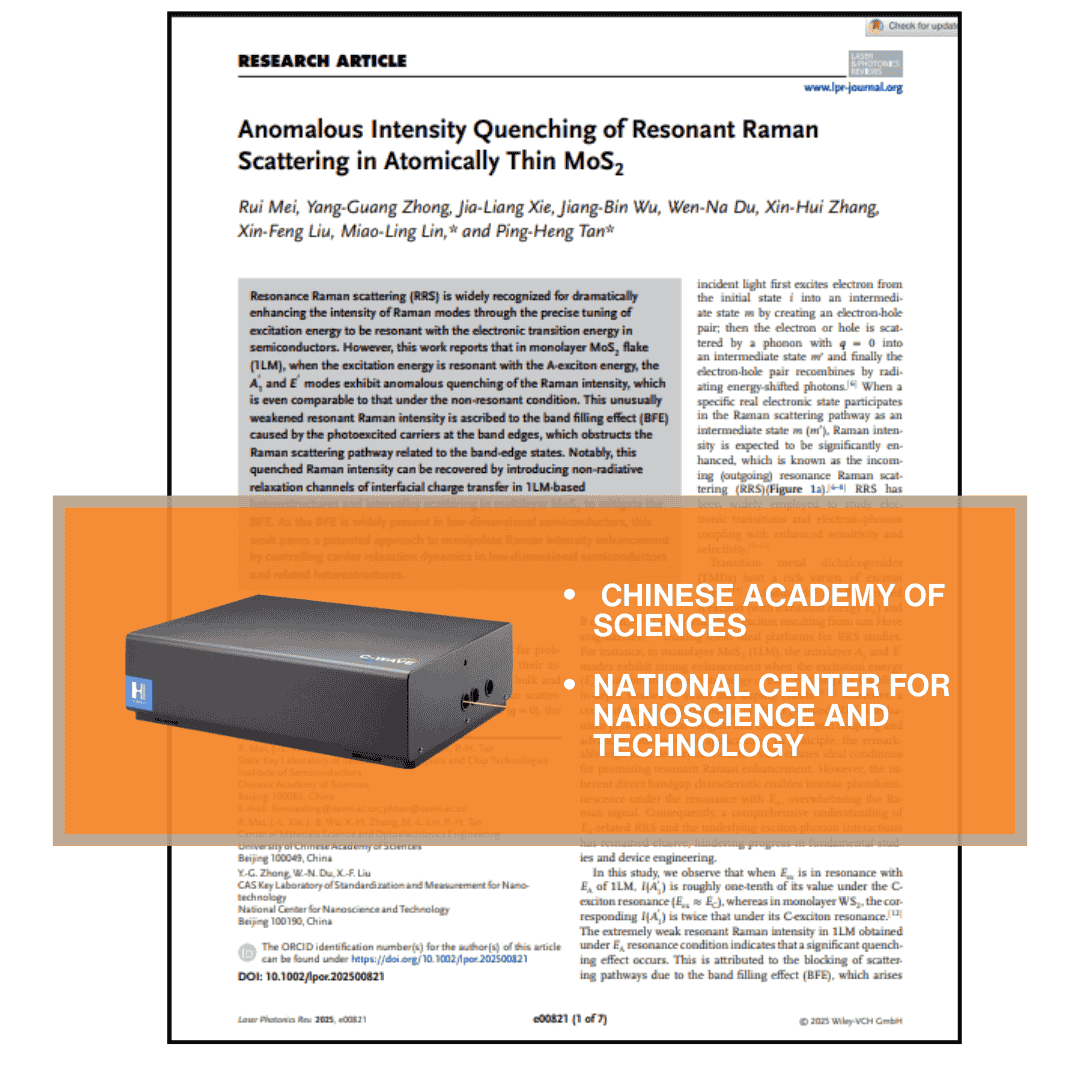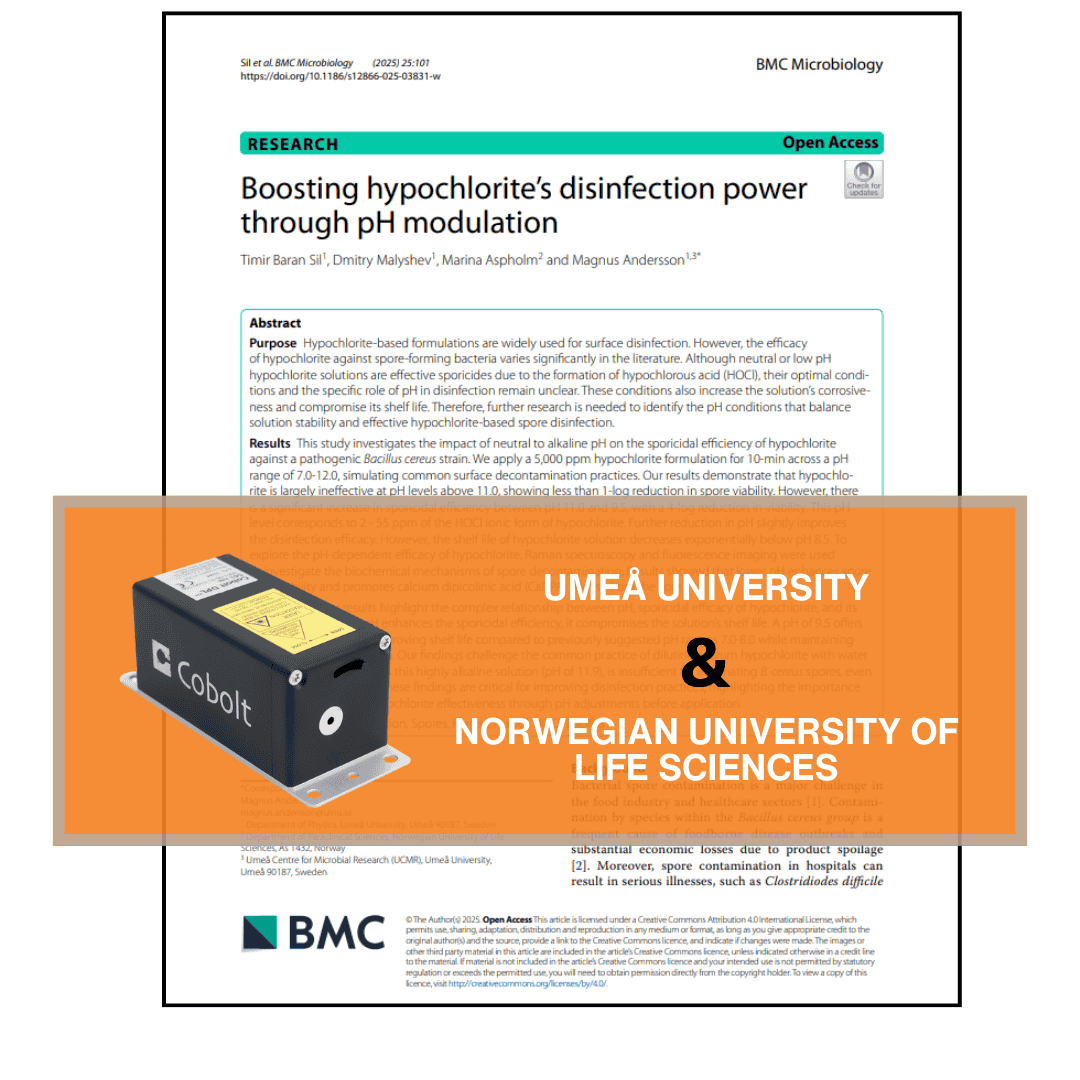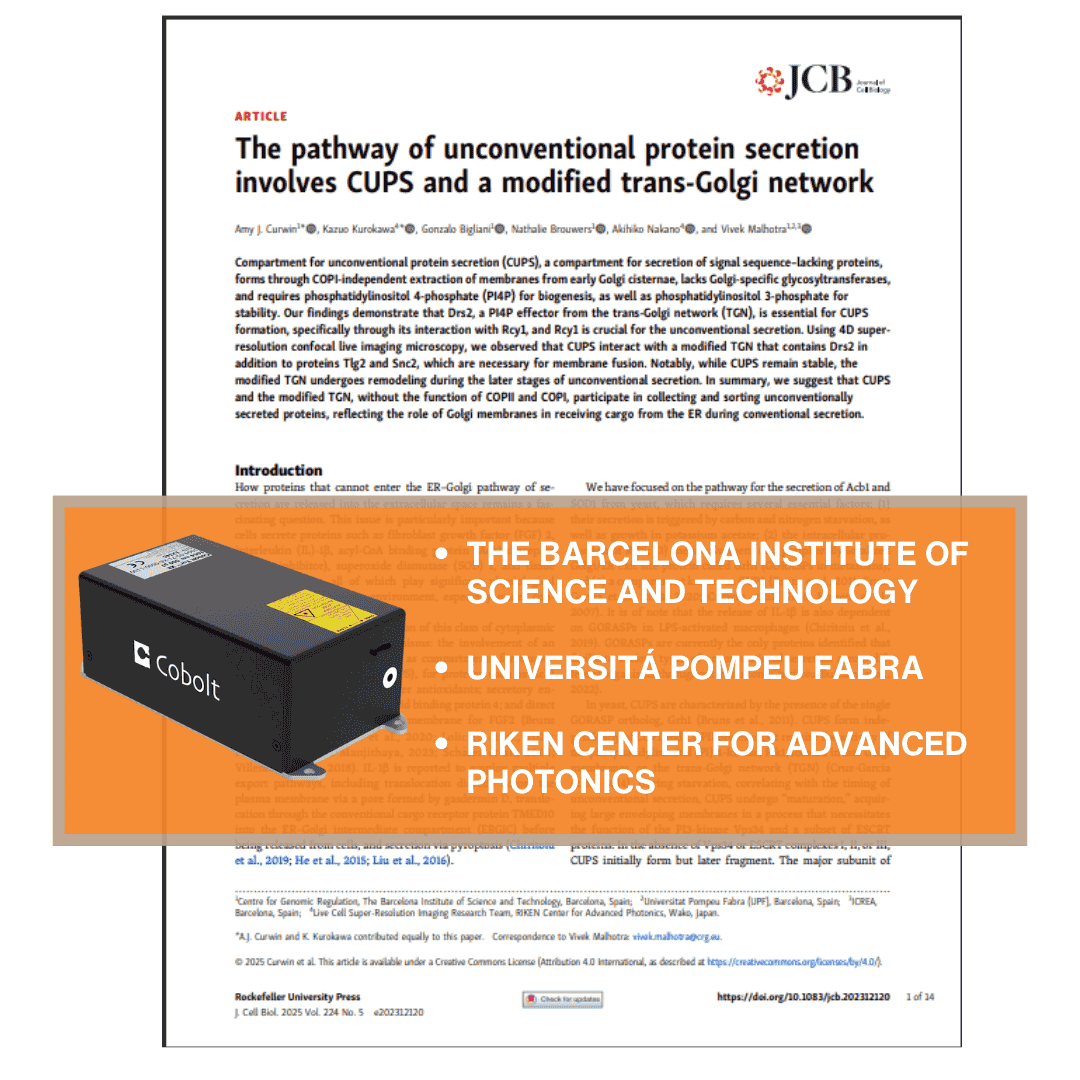3 March, 2021
In the realm of laser technology, the quest for versatility and precision often leads to the exploration of tunable lasers. These specialized light sources offer the unique capability of emitting coherent light across a broad spectrum of wavelengths. While traditional lasers are constrained to specific wavelengths dictated by their active materials, tunable lasers, such as those utilizing Optical Parametric Oscillators (OPOs), break these barriers, enabling diverse applications that demand flexibility and performance optimization.
Historically, dye lasers emerged in the 1960s as pioneers in widening the spectrum of laser light. Unlike conventional solid-state crystal or diode lasers, dye lasers employ a liquid dye jet as the active medium within the laser cavity. By swapping out the dye, these lasers can cover a broad range of the optical spectrum.
Additionally, Titan Sapphire lasers, renowned for their pulsed operation, exhibit capabilities in the cw regime as well. These lasers serve as viable sources within the wavelength range of 700 nm to 1,000 nm, contributing to the arsenal of tunable laser technologies.
The basics of OPO technology in tunable laser design
Among the myriad of tunable laser designs, Optical Parametric Oscillators (OPOs) stand out for their unique mechanism of achieving tunability through nonlinear effects in specialized crystals. The fundamental principle of an OPO involves the splitting of photon energy from a single pump photon into two separate photons, generating two beams at wavelengths higher than the pump.
Typically, OPOs yield infrared outputs from a visible pump, offering a versatile platform for generating tunable light across a wide spectrum. This inherent flexibility makes OPO-based tunable lasers indispensable in numerous applications requiring precise control over emitted wavelengths.
While the potential of OPO-based tunable lasers is vast, realizing and maintaining precise and reliable tunability present ongoing challenges. Addressing issues related to stability, efficiency, and control mechanisms remains paramount in enhancing the performance of these lasers for diverse scientific and industrial applications.
Optical Parametric Oscillators: flexible tunability
Optical parametric oscillators (OPOs) serve as coherent light sources akin to lasers, albeit with two fundamental distinctions [1]. Firstly, OPOs operate based on parametric amplification within nonlinear optical materials, diverging from the stimulated emission mechanism utilized in laser gain media. Energized by a powerful laser, OPOs transform this energy into alternate optical bands, resulting in emitted light at higher wavelengths than the pump light. Given the demand for visible spectrum sources in various tunable laser applications, additional Second Harmonic Generation (SHG) enables OPOs to function as versatile tunable light sources across multiple applications.
While the theoretical foundation of OPOs was established over half a century ago through experimental demonstrations [2], the translation into practical, commercially available devices encountered significant technical hurdles [3]. Historically, overcoming these obstacles was more feasible within the high peak power environment of pulsed devices, leading to the widespread availability of tunable OPOs operating in pulsed mode. However, recent strides in continuous-wave (cw) OPO technology [3] have spurred the development of commercial systems.
This advancement primarily stems from two key factors. Firstly, the growing accessibility of cost-effective, high-performance cw pump lasers has met the demanding requirements imposed by cw OPO operation, including preferential single mode operation, noise characteristics, beam quality, and beam pointing stability. Depending on the power specifications of the specific experiment, either high-performance diode-pumped solid-state (DPSS) lasers (for lower powers) or fiber laser-based solutions (for higher powers) are typically employed as pump lasers. Secondly, advancements in nonlinear materials and innovative crystal design techniques have played a pivotal role. Notably, the emergence of quasi-phase-matched nonlinear materials, such as periodically poled Lithium Niobate (whose crystal structure undergoes periodic alteration), has significantly enhanced the practical design and functionality of optical parametric devices.
Practical design considerations
While OPO technology appears to be ideally suited for generating tunable cw laser light across arbitrary wavelength ranges, one must keep in mind that the OPO process itself will always generate output beams at wavelengths that are longer than those used for pumping. Consequently, OPO devices operating across the visible spectral range do either require UV pump sources, or, alternatively, need to employ additional frequency conversion stages like an SHG. The resulting widely tunable light in the visible region enables OPOs to play a vital role in the tunable laser field and make them usable for many applications in the visible range.
For illustration, the essential building blocks of a tunable cw light source based on an OPO preocess [4], designed to cover the visible range, are shown in Figure 1. In essence, the operational principle relies on a cascaded sequence of nonlinear optical processes within two cavities. As outlined above, pump laser photons are pairs of photons of lower energy referred to as Signal and Idler. The specific output wavelength is controlled by the position of a PPLN crystal with variations in its poling structure and its temperature.

Fig 1: Schematic beam path inside a commercial cw OPO system [4].
At a particular wavelength selection, a crystal layer with a suitable poling is automatically selected and its phase matching is fine-adjusted through a temperature control loop. At the same time, the effective OPO cavity length is actively stabilized to a multiple integer of the selected operational wavelength. Etalon filters inside of the OPO cavity ensure single mode operation. While circulating one of the generated waves signal or idler resonantly inside the OPO cavity, its counterpart can be extracted for wavelength conversion into the visible spectral range through Second Harmonic Generation.
As illustrated in Figure 1, this wavelength conversion takes place in a seperate SHG cavity. Tuning of the OPO output wavelength over a larger range demands control over the crystal properties, wavelength filters, and cavity length.
The performance characteristics of commercial OPOs make them competitive alternatives to conventional lasers and related technologies for the generation of widely tunable cw radiation like Dye Lasers or Titan-Sapphire Lasers. Applications for such OPO technology include nanophotonics and quantum optics, where high performance, single frequency, tunable visible (or NIR) laser light is required.
References
- [1] R. Paschotta, Optical Parametric Oscillators, Encyclopedia of Laser Physics and Technology Ed. 1, Wiley-VCH (2008)
- [2] J. A. Giordmaine and R. C. Mills, Tunable coherent parametric oscillation in LiNbO¬3 at optical frequencies, Phys. Rev. Lett. 14, 973 (1965)
- [3] M. Ebrahim-Zadeh, Optical Parametric Oscillators, in Handbook of Optics Ed. 2, McGraw-Hill, Ed. 2 (2001)
- [4] J. Sperling and K. Hens, Made Easy: CW laser light widely tunable across the visible, Optik & Photonik 13, 22 (2018)
More resources
Explore our Publications for practical insights on how our customers are leveraging the power of our lasers in their projects.
Customer publications
Application: Raman spectroscopy
Product line: C-WAVE
Wavelength: Tunable
Optimizing Resonant Raman Scattering in Monolayer
Optimizing the sensitivity of Raman spectroscopy by engineering carrier relaxation dynamics to enhance Resonance Raman scattering intensity
Customer publications
Application: Raman spectroscopy
Product line: Cobolt
Wavelength: 785 nm
Tweaking Bleach’s PH Against Bacterial Spores
Scientists identify the optimal pH for hypochlorite-based sporicidal formulations that can balance solution stability and effectiveness of spore disinfection.
Customer publications
Application: Fluorescence microscopy
Product line: Cobolt
Wavelength: 473 nm, 561 nm
Cobolt Blues and Jive in Uncoventional Protein Secretion
Researchers have identified a specialized compartment called CUPS (Compartment for Unconventional Protein Secretion) that forms independently of the traditional cell pathway system




